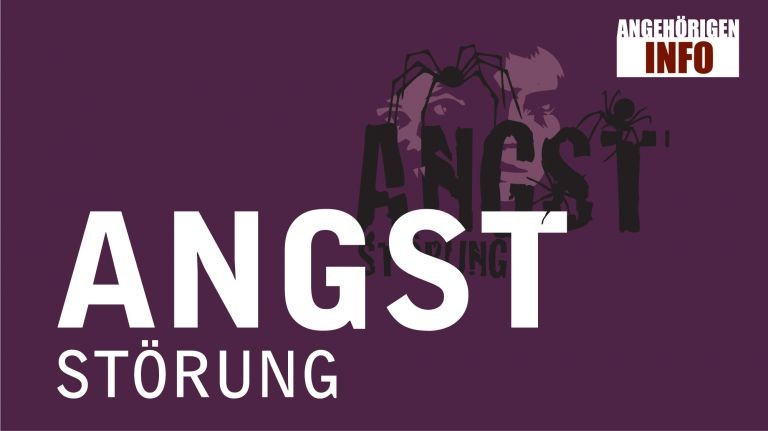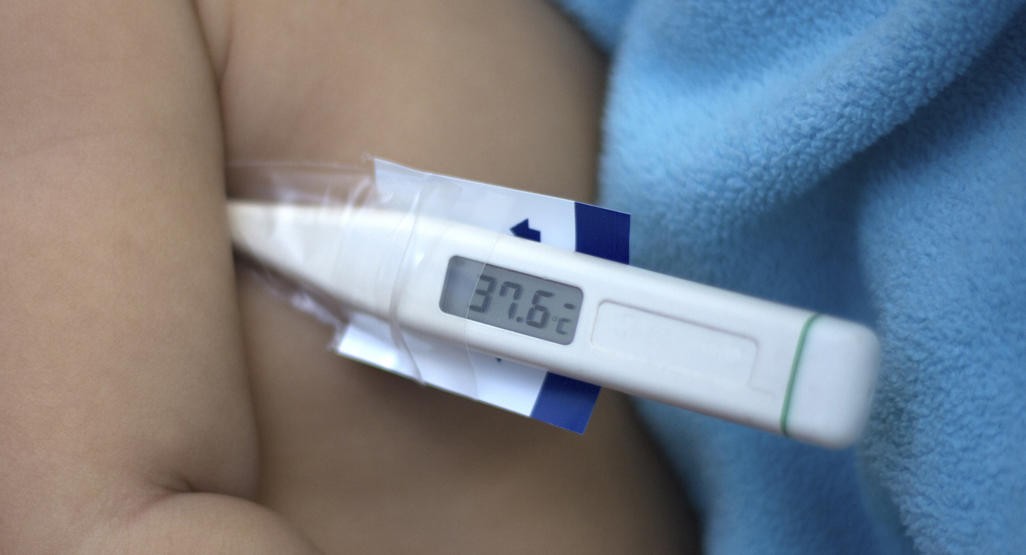
&# 128138; How to get rid of a migraine: a step-by-step guide – 2020
A migraine is much more than a typical headache. It can lead to extreme pain, nausea and vomiting, and sensitivity to light and sound. The throbbing pain can quickly ruin your day and interfere with your life.
But you don’t have to sit back and wait for a migraine to end. As long as you know how to deal with it, you can tackle it from all sides and return to your everyday life.
Follow these simple steps and you will be ready the next time a migraine occurs.
Step 1: have a treatment plan
A solid plan can give you the strength to relieve a migraine headache before the pain gets severe. This could be the primary weapon against future migraine attacks.





